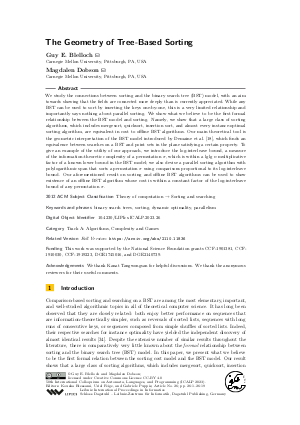LIPIcs.ICALP.2023.26.pdf
- Filesize: 1.4 MB
- 19 pages

 Creative Commons Attribution 4.0 International license
Creative Commons Attribution 4.0 International license






































Feedback for Dagstuhl Publishing